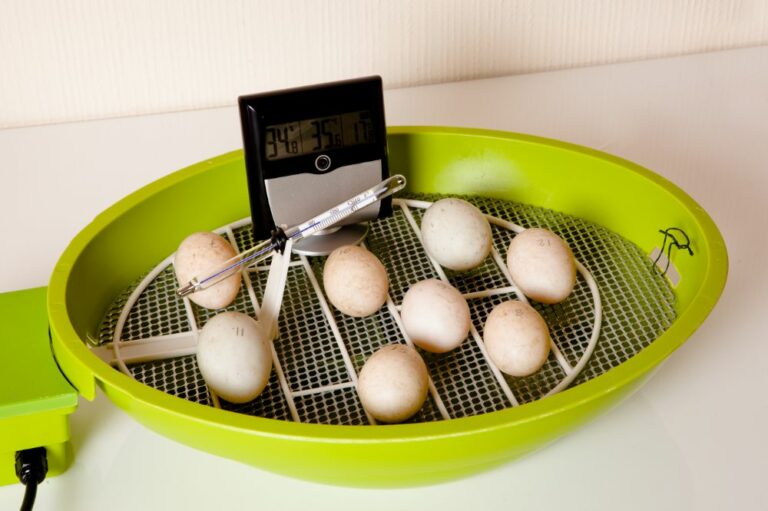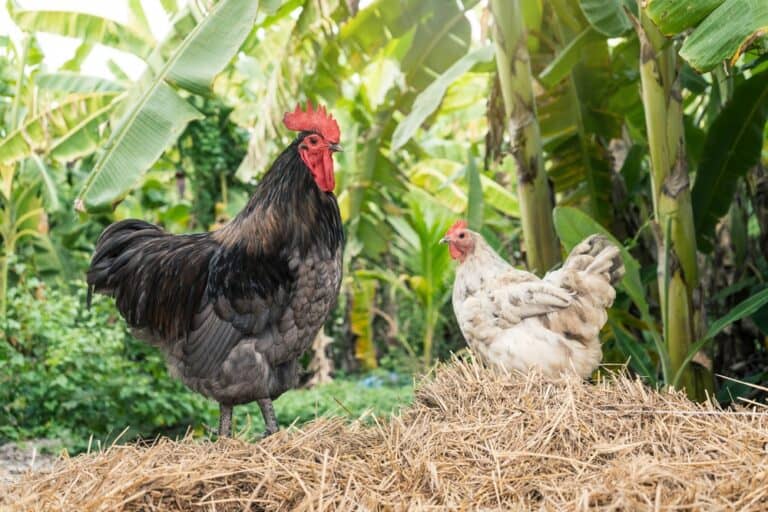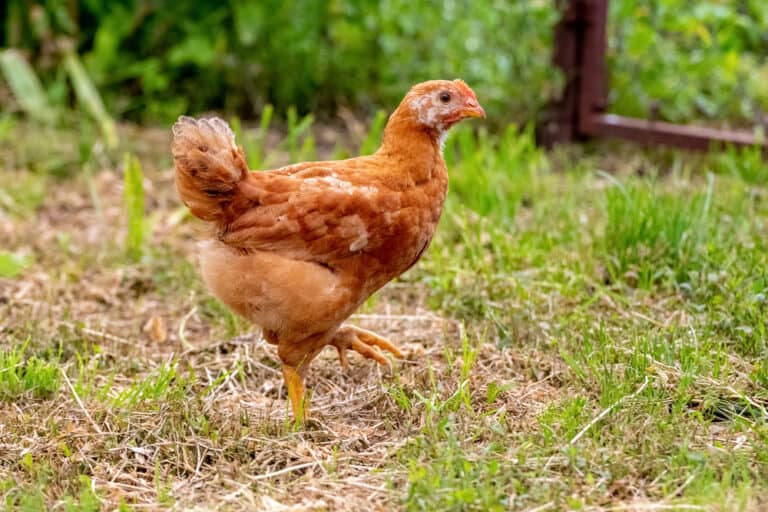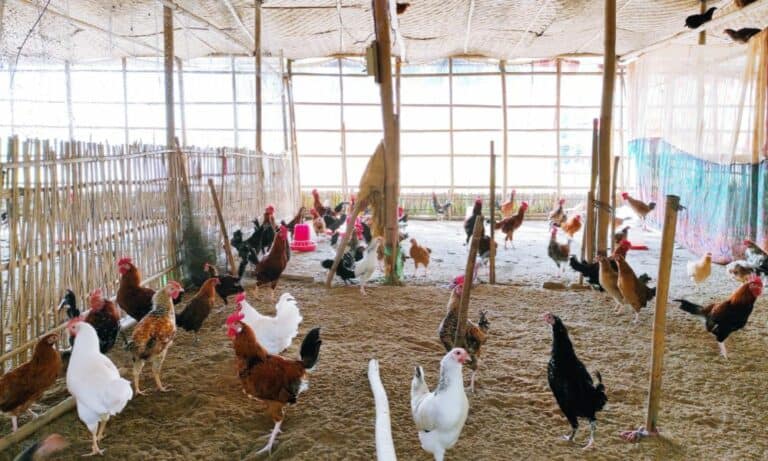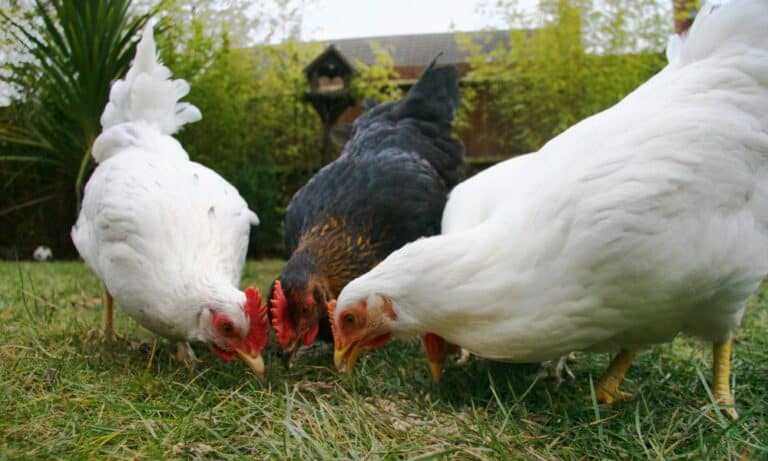Do you know if your baby chick is a cockerel or a pullet? If you aren’t sure, you’re not alone! It’s difficult to sex chicks when they are very young but thankfully there are ways to tell them apart, and we’re here to help!
Thankfully there are many methods to sex baby chickens, but most of them rely on spotting subtle differences. Here we’ll guide you through all those methods so you can easily identify the sex of your baby chicks. Let’s get started!
The Baby Chick Life Cycle
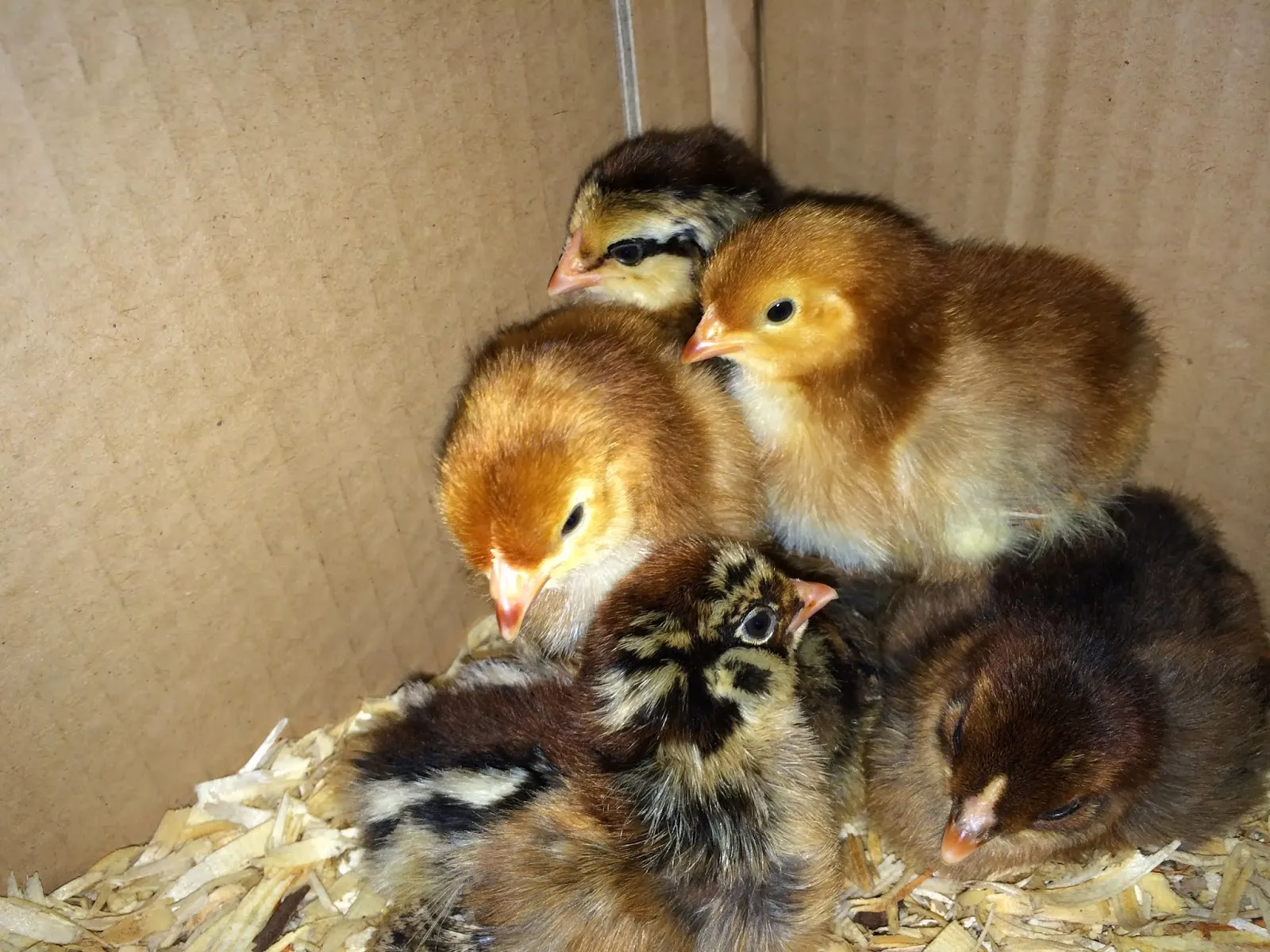
Before we get into how to sex your chicks, it’s best to know all about the stages of their development. Wondering why? Because some processes of sexing them only work at specific times, like feathering out.
Here’s a quick reminder for the important chicken milestones you can follow.
All About the Feathers – In the first week, the downy fluff of these chicks will start molting. When you look closely, you’ll see that their first feathers will start growing.
Crowing and Combs – During the 7th to the 9th week, the chickens would’ve already established the flock’s pecking order. As for the cockerels, they might start crowing and their combs will look bigger and even redder than the pullets.
Teenage Chickens – Troublesome? Brats? Not really, but during the 9th to 15th week, your chicks will finally become teens! However, they will end up looking a bit awkward and gawky, plus their behavior patterns will start appearing.
It All Slows Down – Now when your chickens reach 16 to 20 weeks, you’ll notice the slowing down of their growth spurt. This is also the time they’ll start filling out. On the 13th week, you’ll notice the hackles and shackles growing on the cockerels. For the pullets, they’ll start squatting when they approach the point of laying.
Watching your chicks go through these stages will make you feel like a proud chicken parent. Moreover, it will also help you figure out their sex.
It’s also good to note that between the 5th and 7th weeks, you can start visually distinguishing the female chickens from the males. Unlike pullets, the cockerel’s wattles and combs are usually larger and develop earlier.
When it comes to their sizes, the females are usually smaller compared to the male chickens. Their main flight feathers are also generally longer, but the developing tail feathers of male chickens are larger in size.
If you still can’t figure out if your chickens are male or female, you can also determine this by listening to their crows. You’ll easily pinpoint who the male chickens are when they try crowing.
6 Foolproof Ways to Sex Chickens
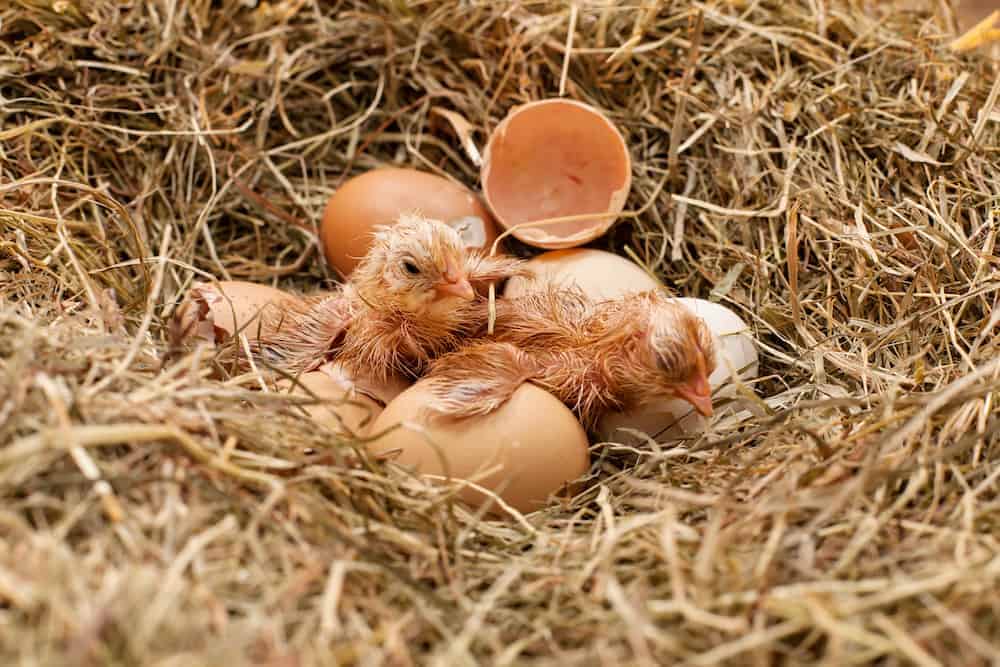
There are plenty of ways to sex chicks, and as you get experience in raising them, you’ll develop your own favorite methods. Here are all the ways you can sex baby chicks.
1. Vent Sexing
This is probably the most successful and accurate way to sex your chickens. However, it’s also quite a challenging process, so you’ll need lots of skill to do it. The vent, more accurately called the cloaca, is the small opening from which chickens pass waste and eggs.
To give you an idea, this method is ideal for one-day-old chickens. You will need to hold the chick in your hand and then push down a bit below the vent. Doing so will spread it open, letting you see the chick’s sex organs. However, the male sex organ is very small and only a little bump.
So while this is the most reliable way to sex your chickens, it’s also a tough and challenging job. You’ll need to practice a lot to perfect the method, but mind you, even experienced breeders make mistakes at times.
However, it’s good to note that if the process is done incorrectly, you could endanger the chick. If you end up squeezing too hard, you could damage its sex organs or worse, end up killing the chick.
This is the reason why vent sexing isn’t suggested for beginners without help from a more experienced breeder. However, you can ask a professional breeder if they can do the vent sexing for your chick.
2. Feather Sexing
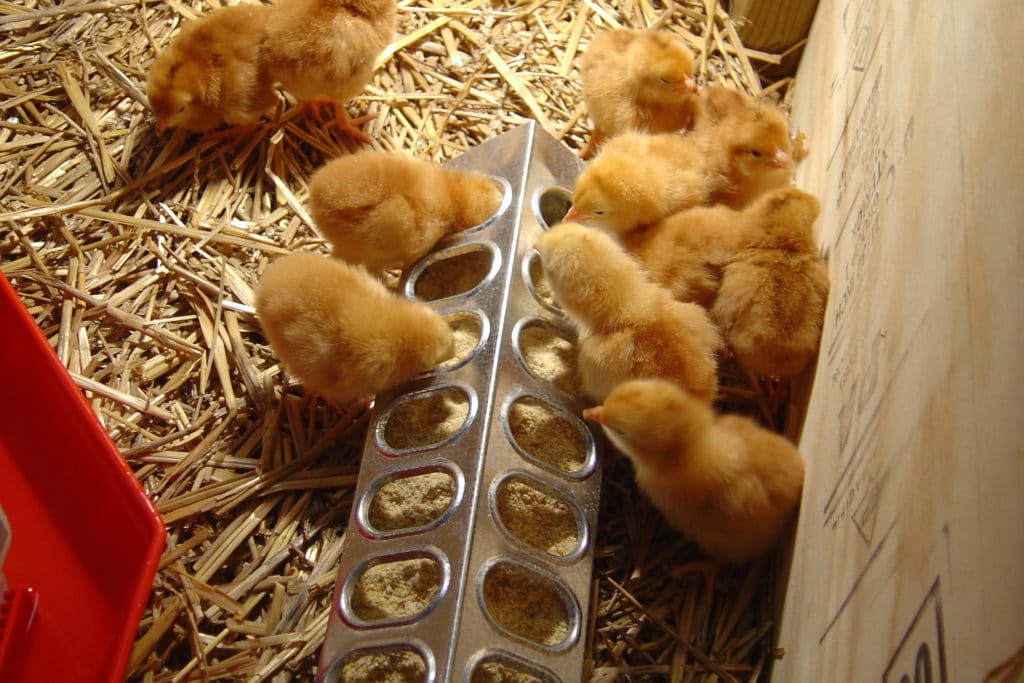
Another method you can try is feather sexing, and it’s also called wing sexing. This is an easier and more straightforward way to sex your chicken in terms of the process, but differences can be extremely hard to spot in many breeds.
Like venting, you must do feather sexing when your chick is around a day old. Waiting longer will lead to more developed wings, and you won’t see the differences between female and male chicks.
Feather sexing is an excellent method, but remember that it’ll also depend on your chicken’s breed. In certain types, the pullets will be born having wing feathers while the cockerels won’t. Mostly, you can only tell the difference between their feathers during the first few days of hatching.
Also, you need to examine their wings gently if you plan to sex the chicks by feather sexing. If you have female chicks, they will already have wing feathers early on before male chicks, since these develop before hatching.
For the male chicks, their wing feathers start developing after hatching, and their feathers all appear to have the same length. It’s important to check you can use this method for the breed you have.
3. Observe the Colors and Sizes of the Comb/Wattle
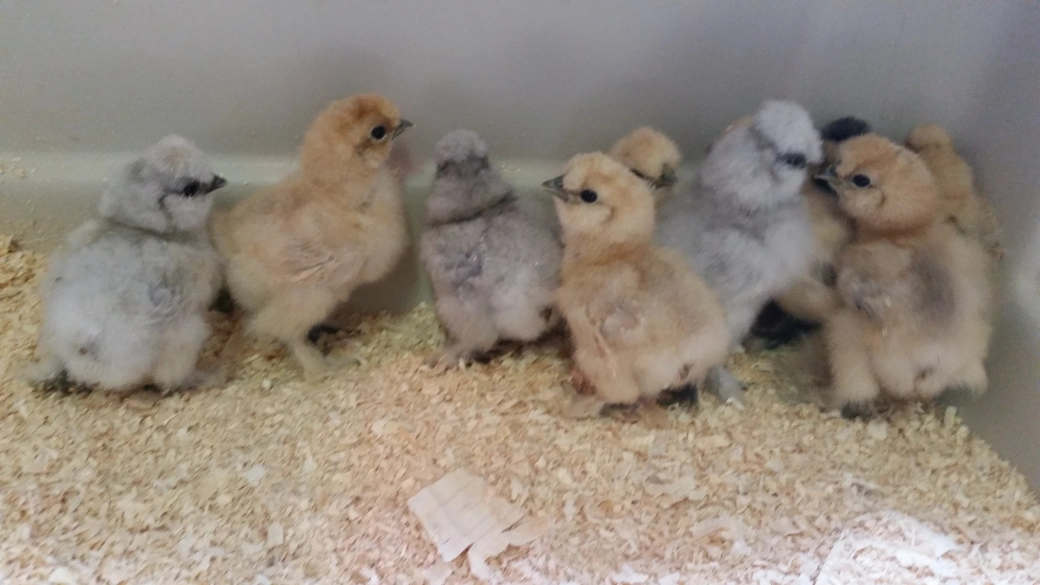
By looking at your chicken’s comb, you can gain tons of information about it, including its gender. For a less invasive way to sex your chicken, it’s best to focus on its comb.
This process of sexing your chicken may not be as precise as the earlier methods we’ve mentioned. However, it’s way easier and you won’t necessarily need too much practice or skill to do it.
If you’re going for this method, you’ll need to keep an eye out for your chicks as they get bigger. Once they reach a few weeks old, their combs start becoming more noticeable. If they have a fuller and taller comb, you likely have a male chick.
Added to this, the color of your chick’s comb can be a great way to determine its gender, mostly as the male chick has a brighter comb.
The specific color of the comb also doesn’t matter, whether it’s pink, neutral, red, etc. because a male chick’s comb will always be more vibrant. This is also true for their wattles since they grow faster, longer, and get brighter than those of female chicks.
It’s good to note that using the comb to pinpoint its gender may not be as accurate with pea comb chick breeds. Only those with standard combs can be sexed this way.
4. Sex Linking Chickens
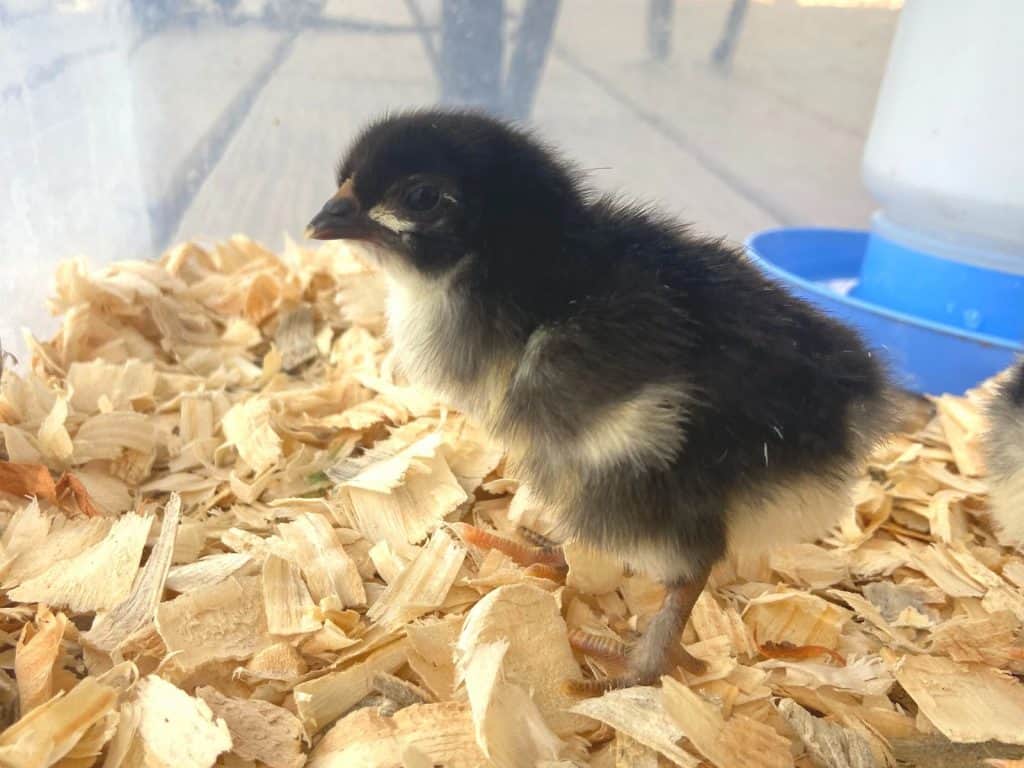
There’s often no definite way to determine your chick’s gender from day one, but some hybrid breeds can easily show their gender on the first day. These chickens are sex-linked crossbreeds.
Genetics help determine the gender via their growth rate and the color of feathers. The traits for growth rate and color are referred to as alleles. These go with the same chromosomes that tell the sex of your chickens.
If you know the traits of the mother and father chickens, deducing the chick’s gender will be easier. So, you can find out the traits and sex of the hatchling by color and feather growth. Simply put, the cockerels will look like their rooster parent and the pullet will look like their hen parent.
5. Know by the Crow
Most of the time, people don’t bother listening to the chicken’s crow to determine its sex. This is because, by the time they can crow, you can usually easily use other methods instead.
Most chickens crow around four months old and around this time, most chicken breeds already have the rooster look. However, there are times when the chicken starts crowing even before you can visually tell that they’re roosters!
So in such instances when the visual clues have failed you, it’s best to just sit down and listen for their crows. The male crow will be much louder and more noticeable. If your chick doesn’t start crowing when they reach six months of age, you can assume it is a female.
6. Watch Their Behavior
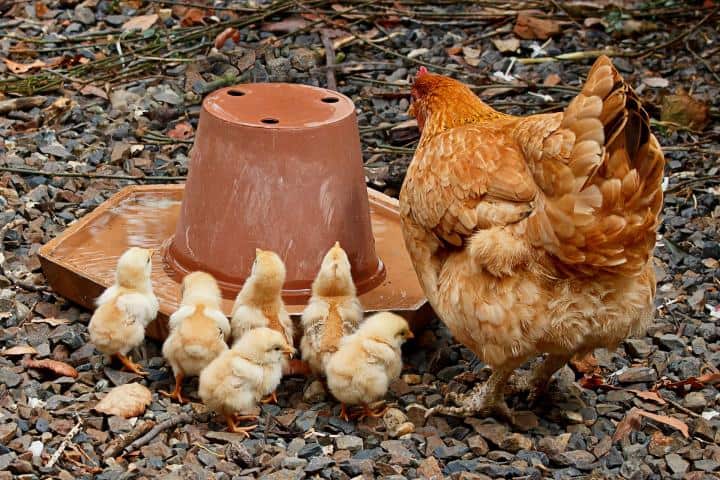
Your chicks will eventually grow and get older, so another way to determine their gender is by observing their behavior.
There are specific chicken behaviors you will unlikely find in females, including fighting. Another behavior that farmers refer to as “the stink eye” won’t be present in hens. “Stink eye” is a term that chicken lovers have when your chicken is giving you a deathly stare!
When we say chicks fighting among each other at an early stage, we mean the following:
- Flying into one another
- Slamming and ramming into each other’s chests
- Too much kicking and pecking at each other
- Ruffling their feathers at other chicks
- Coo at female chicks
- They give you the stink eye
If any of your chicks do these, it’s likely that they aren’t female. But of course, this isn’t a guaranteed method of sexing your chickens. Plus, you’ll occasionally come across an aggressive female chicken who loves fighting, but this is rare. So if your chicks fight a lot, they’re likely males.
Sexing Chicken Myths
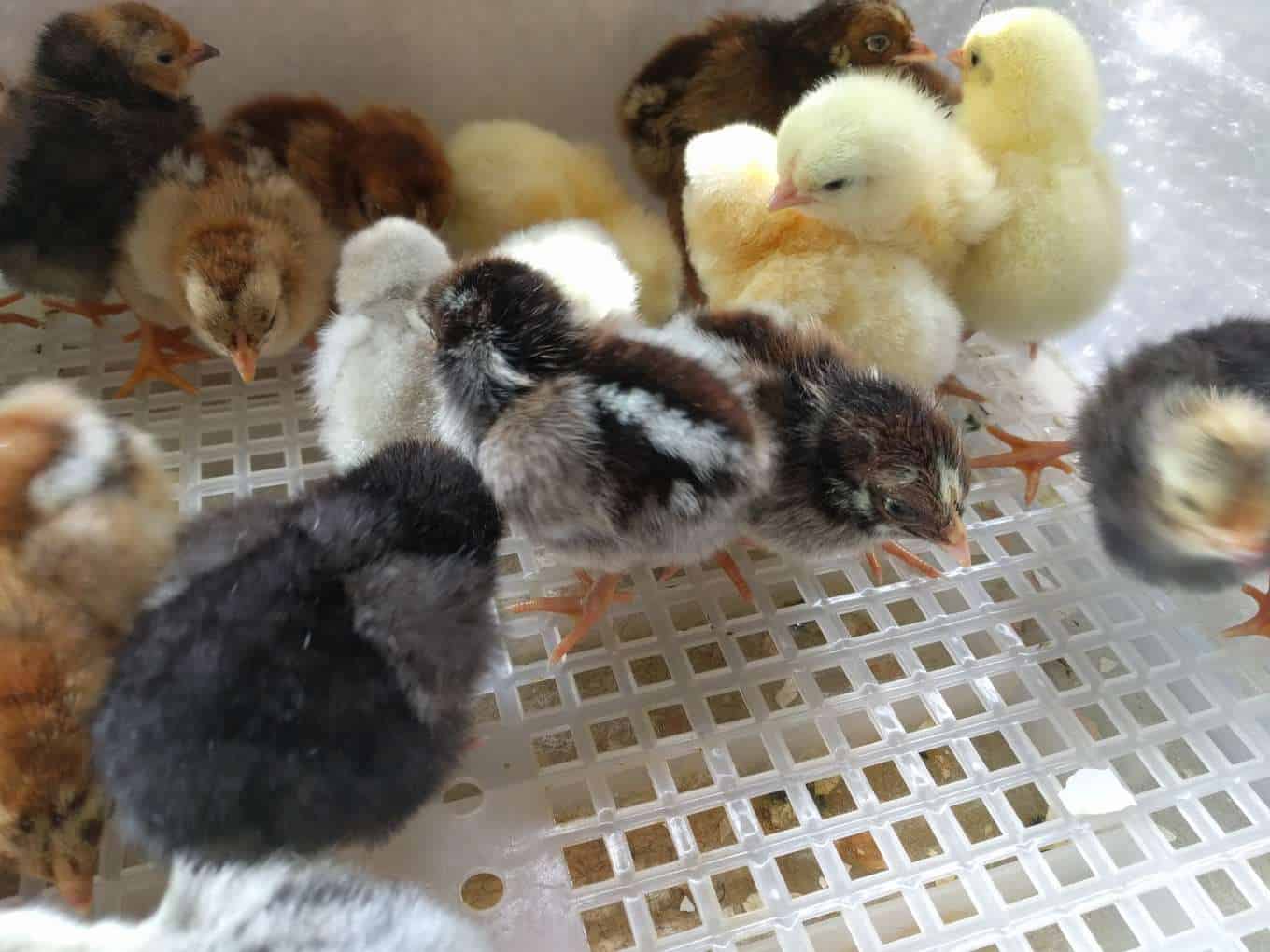
It’s interesting to know that there are a few myths circulating about sexing chickens. So, to avoid these, we’ve listed a few that we’ve come across:
1. It’s All in the Egg
We wish this was true because it would be an easy way to sex chickens. Some people claim that the shape of eggs helps determine the gender of your chickens even before hatching.
These people claim that long and narrow eggs give you male chickens, while the rounder ones give female chickens. Generally, the egg shape has nothing to do with your chicken’s gender, or even whether it is fertilized or not!
2. Weight on a String
This is another inaccurate way to sex chickens since you’ll tie a small weight to a string and then move it over your chick. If the weight makes a circular motion, then the chick is female, but if it moves in a linear motion, you have a male chick. This is obviously nonsense.
3. Egg Candling
Another interesting method of sexing chickens is by egg candling, and again, we wish this were true since it would be quite easy to do! But unfortunately, it’s another one of the sexing chicken myths.
Here, you’ll need to hold a very bright light beneath an egg while staying in a dark room. This lets you check inside the egg and monitor embryo development. The misconception is that you’ll get to see the gender of your chick, but you can’t.
4. Using Temperature
It’s said that specific temperatures can influence the gender of your chicks. Instead, the sex of your chick depends on their genetics and not the temperature’s influence, so it doesn’t have any real impact on their gender.
This idea at least has some basis in truth as temperature affects the gender of reptile eggs. While that’s a cool fact, it doesn’t work for chickens.
5. The Upside Down Chick
Another false process of sexing chickens involves turning your chick upside down. Some people believe the female chick will stay hanging limply, while a male chick will fight until it stays upright.
Unfortunately, this is also untrue, and doing this can potentially harm your chicks, so avoid flipping them upside down. You won’t get any reliable information about their gender, and it could cause them tons of harm as well.
Conclusion
By now, you’ve probably realized that there isn’t a simple method to determine your chick’s gender. The only tried, tested, and true method is by watching them grow.
Remember, the cockerels will have larger wattles and combs, as well as longer tail feathers. They also usually have a larger body and will start crowing a couple of weeks after they’ve hatched.
If you want to find out the sex straight away, the vent method is the best way, but it is very tricky for inexperienced chicken keepers. Hopefully we’ve helped you identify your chicks, and you get the gender you were hoping for!

